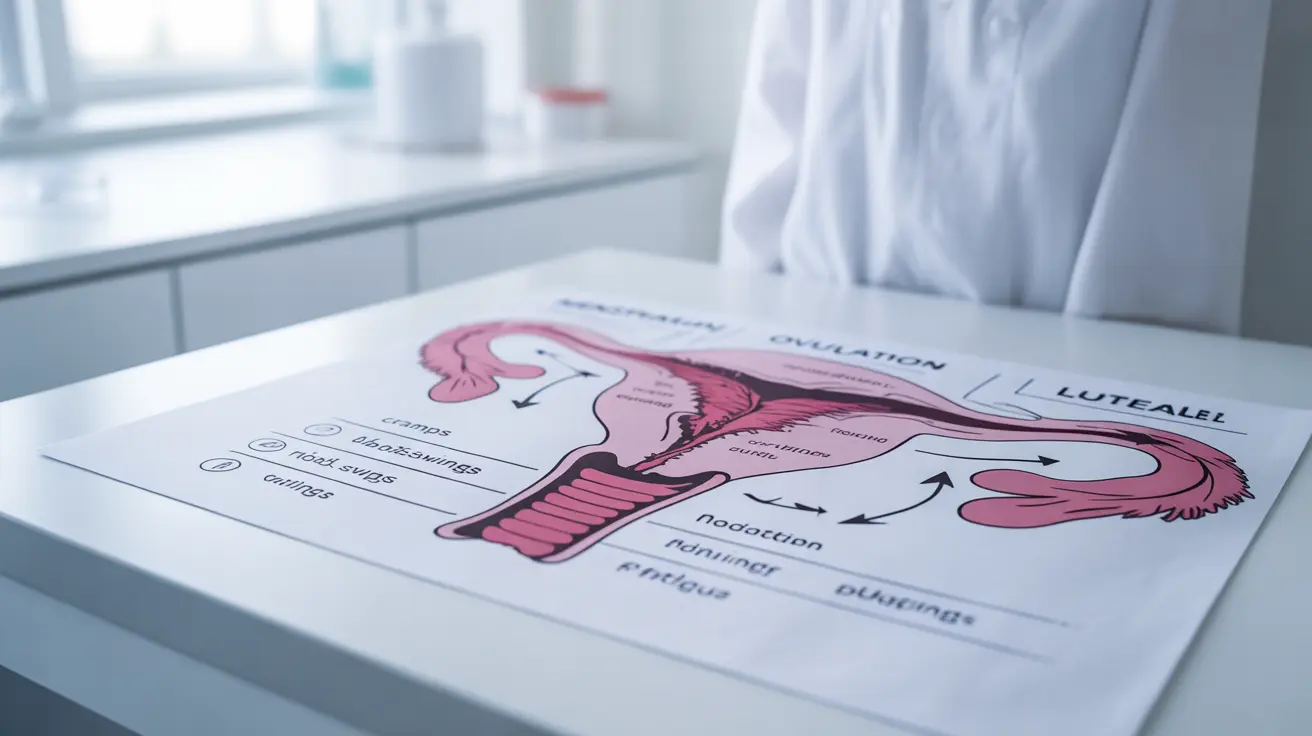Experiencing period symptoms is a natural part of the menstrual cycle that affects millions of women each month. Understanding these symptoms can help you better prepare for and manage your period, making this regular occurrence less disruptive to your daily life.
From physical discomfort to emotional changes, period symptoms can vary significantly from person to person. This comprehensive guide will help you recognize common signs, understand why they occur, and learn effective management strategies.
Physical Signs Your Period Is Approaching
Several physical changes typically signal the approach of menstruation:
- Breast tenderness and swelling
- Lower abdominal cramps
- Lower back pain
- Bloating
- Fatigue
- Acne breakouts
- Changes in appetite
- Headaches
These symptoms usually appear 7-10 days before menstruation begins and may vary in intensity throughout your cycle.
Understanding Menstrual Cramps and Pain Management
Menstrual cramps (dysmenorrhea) are one of the most common period symptoms. They occur when the uterus contracts to shed its lining. Effective management strategies include:
- Over-the-counter pain relievers
- Heat therapy (heating pads or warm baths)
- Regular exercise
- Relaxation techniques
- Dietary modifications
For severe cramping that interferes with daily activities, consulting a healthcare provider is recommended to rule out underlying conditions.
Emotional and Mood Changes During Your Cycle
Hormonal fluctuations can significantly impact your emotional well-being. Common emotional symptoms include:
- Mood swings
- Irritability
- Anxiety
- Depression
- Changes in social behavior
- Difficulty concentrating
These changes are normal and typically resolve as your hormone levels stabilize.
PMS vs. PMDD: Understanding the Difference
While Premenstrual Syndrome (PMS) affects many women, Premenstrual Dysphoric Disorder (PMDD) is a more severe condition. PMDD symptoms are similar to PMS but can be debilitating and may require medical intervention.
Key Differences:
- Severity of symptoms
- Duration and impact on daily life
- Required treatment approaches
- Diagnostic criteria
Managing Physical Discomfort
Several lifestyle changes can help minimize period-related discomfort:
- Regular exercise
- Balanced nutrition
- Adequate sleep
- Stress management
- Avoiding caffeine and alcohol
- Staying hydrated
- Wearing comfortable clothing
Frequently Asked Questions
What are some common symptoms that indicate a period is approaching?
Common signs include breast tenderness, cramping, mood changes, bloating, and fatigue. These symptoms typically appear 7-10 days before menstruation begins and vary in intensity among individuals.
How can I manage and alleviate menstrual cramps during my period?
Menstrual cramps can be managed through various methods including over-the-counter pain relievers, heat therapy, regular exercise, and relaxation techniques. Some people also find relief through dietary changes and herbal remedies.
What are the differences between premenstrual syndrome (PMS) and premenstrual dysphoric disorder (PMDD)?
While PMS causes mild to moderate symptoms, PMDD is a more severe condition with intense emotional and physical symptoms that significantly impact daily life. PMDD typically requires medical intervention and may include treatment with antidepressants or hormone therapy.
Are mood swings and emotional changes normal during PMS, and how can they be managed?
Yes, mood swings and emotional changes are normal during PMS due to hormonal fluctuations. They can be managed through stress-reduction techniques, regular exercise, adequate sleep, and support from friends and family. Severe emotional symptoms may benefit from professional counseling.
What lifestyle changes can help reduce bloating and other physical symptoms before a period?
Effective lifestyle changes include maintaining a balanced diet low in salt, staying hydrated, exercising regularly, getting adequate sleep, and avoiding caffeine and alcohol. Some people also find relief through yoga or gentle stretching exercises.




